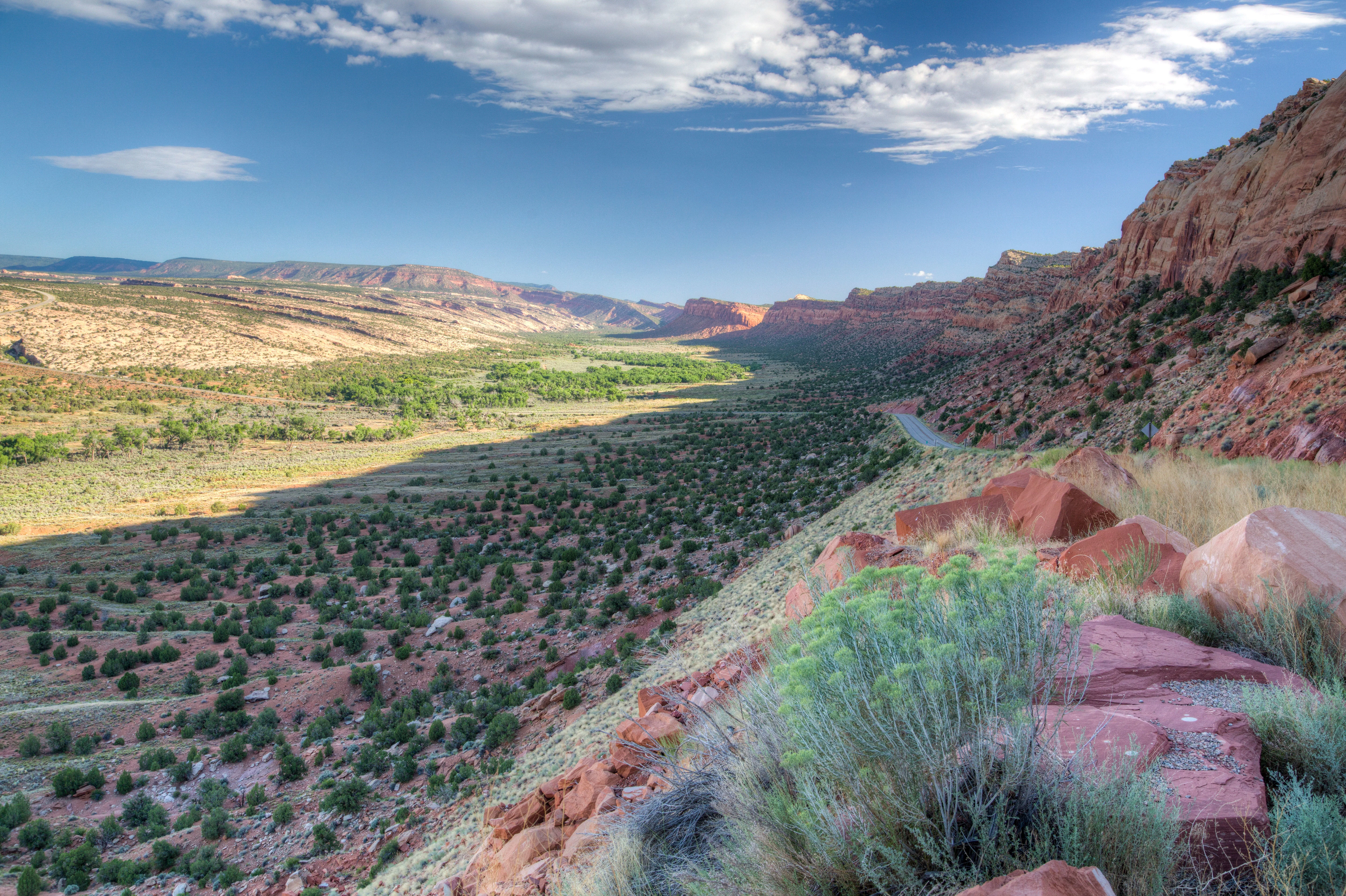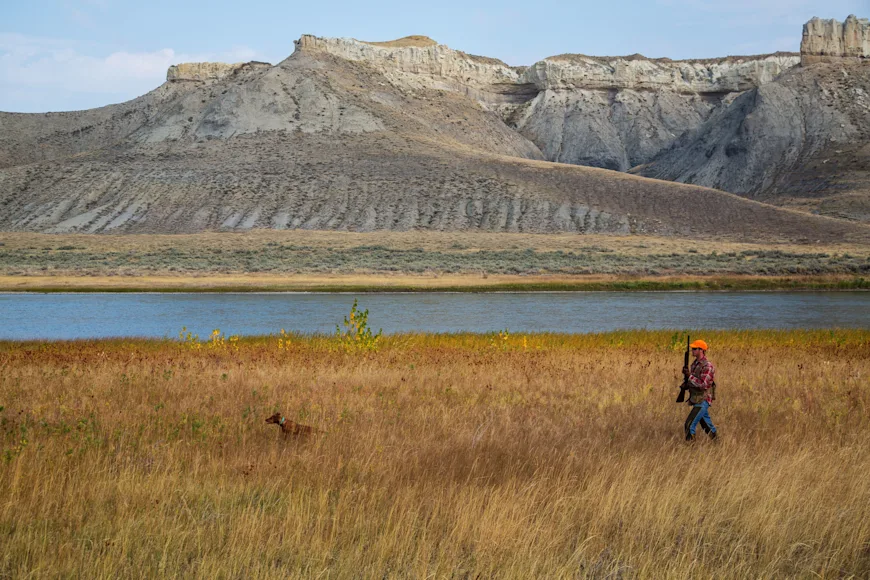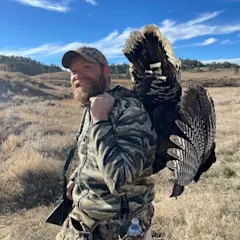President Theodore Roosevelt signed the Antiquities Act in 1906 and used the law 17 times to expand protections on existing federal lands across the country. Since then, it’s been used more than 300 times by 19 different presidents, setting aside large and small tracts of land known as National Monuments. The lands are a mixture of National Park Service, Bureau of Land Management, U.S. Fish & Wildlife, and U.S. Forest Service properties, and they encompass hundreds of millions of acres from the Arctic to the Deep South.
Throughout its 119-year history, the Antiquities Act has been wielded almost equally by Democratic and Republican presidents alike. Republicans Herbert Hoover and William Taft used it a combined 17 times, for example, while President Jimmy Carter set aside nearly 56 million acres with 11 National Monument designations in Alaska. But in more recent times—particularly with the designation of National Monuments in Utah known as Bears Ear and Grand Staircase Escalante—the National Monument Designation itself has become something of a political football.
Some opponents say the designation locks up federal land that could be used for mining and drilling. But hunting and fishing-focused conservation groups tend to support National Monument designations because the areas can offer prime public access while keeping habitat for vulnerable game animals—like elk, mule deer, sage grouse, and waterfowl—fully intact.

Recent Threats
The National Monument controversy reached a new fever pitch earlier this year when politicians in the U.S. House of Representatives pushed a bill that would have stripped away the President’s power to designate new Monuments altogether. And Monuments have been back in the news since early February when the newly-appointed Secretary of the Interior, Doug Burgum, signed one of his very first Secretarial Orders.
With Order 3418, or “Unleashing American Energy,” Burgum promised to review (and when appropriate revise) all federal lands that are withdrawn from oil and gas leasing under the Antiquities Act—i.e. all National Monuments dating back to TR’s time in office. The directive is ambiguous. It doesn't say what the review process will entail or which Monuments could be targeted—only that all federal lands withdrawn from energy production under the Antiquities Act will be subject to review. But if recent history is a guide, one could reasonably expect Utah's Bears Ear and Grand Staircase Escalante to be on the chopping block, as those Monuments were partially rescinded during President Trump's first term only to be restored under Biden.
Steven Kandell is the Director of Trout Unlimited's Protection Campaign Center based out of Durnago, Colorado. He tells Field & Stream that National Monuments have been an overall net gain for hunters and anglers. "The Antiquities Act has a great history of protecting some world-class hunting and fishing opportunities," Kandell says. "It's one of the greatest conservation tools we have in this country."
Back in January, Trout Unlimited celebrated the designation by the Biden Administration of a Monument in northern California called the Sattitla Highlands National Monument. According to TU, the area has an underground aquifer that feeds the headwaters of the Fall River, known for healthy populations of steelhead-size native rainbows.
Monuments As Havens for Undisturbed Hunting Grounds
Pointing to other National Monuments that prioritize hunting and fishing and prohibit energy development, Kandell cites Browns Canyon in his home state of Colorado—home to the gold-medal trout waters of the Arkansas River, as well as prime mule deer, elk, and bighorn sheep hunting. And the Organ Mountain Desert Peaks in New Mexico, where upland hunters chase Mearns, Gambel, and blue quail. "Then there's the Upper Missouri River Breaks National Monument in Montana," Kandell says, "where they have sharptail grouse hunting and some of the world's best trophy elk herds." Both Browns Canyon and the Organ Mountain Desert Peaks were set aside by President Barrack Obama in 2014. Bill Clinton declared the Missouri River Breaks a National Monument in 2001.

“Not all monuments are created equal,” says Dave Willms, Associate Vice President of the National Wildlife Federation (NWF). “The protections can be different, but one thing that’s usually consistent is that a Monument designation ends oil and gas development and exploration on that particular piece of land.”
In addition to his role with NWF, Willms is an adjunct professor teaching wildlife law at the University of Wyoming, and he worked as a natural resource policy advisor to former Wyoming Governor Matt Mead. In his off time, he co-hosts the Your Mountain Podcast, which hones in on hunting and fishing-related conservation issues in the West.
Willms tells F&S that some of the early Monuments were later declared National Parks by acts of Congress, but the more modern ones tend to be managed for multiple use. “These monuments have their own management plans that determine what’s permitted and what’s not,” Willms says. “Some of them allow livestock grazing, for example. There’s not one right recipe for all of them.”
One common thread throughout most of the more recently-named National Monuments is that they allow hunting and fishing. “Even the more controversial ones like Bears Ear and Grand Staircase Escalante in southeastern Utah—they allow hunting,” he says. “And the 56 million acres of National Monuments that Jimmy Carter created up in Alaska in the late 1970s, many of those acres allow hunting as well.”
What's Next?
When Secretary of the Interior Ryan Zinke undertook a review of all National Monuments designated since 1996 during Trump's first term, TU was one of several conservation and environmental groups that publicly opposed the move. Zinke eventually rolled Bears Ears back by more than 85 percent anyway.
According to Kandell, Trump became the first President to challenge any portion of a National Monument since 1976. That's the year Jimmy Carter passed the Federal Land Policy Management Act or FLPMA, which said that only Congress has the authority to shrink or rescind National Monuments. "My guess is that if President Trump wants to rescind any monuments this time around, it will be challenged in the courts like it was during his first term with Bears Ears," Kandell says.
For hunters and anglers like Kandell, the key is to keep National Monuments under the management of multiple-use agencies like the BLM and the USFWS. When the National Park Service manages a monument, hunting isn't typically allowed. He says the Bears Ears National Monument in southeast Utah is jointly managed by the Forest Service and the BLM.
"I had the opportunity to hunt for cow elk there this year, and it was just incredible. We were in the middle of screaming bulls almost every morning," he recalls, adding that, "when you really boil it down, monuments do a few critical things that benefit fish and wildlife habitat on existing public lands: They prohibit new energy development; they prohibit new mining claims; and they prohibit the sale or transfer of federal public lands inside those boundaries. They safeguard our access to some of the best hunting and fishing that America has to offer."
It's not yet clear which Monuments Burgum plans pinpoint for review. The order simply advises all Department of Interior Assistant Secretaries to "review and, as appropriate, revise all withdrawn public lands consistent with [the Antiquities Act]. Field & Stream will continue to follow the story as it develops.


